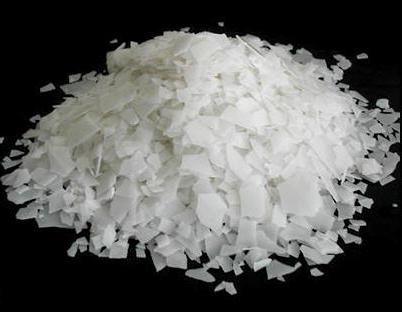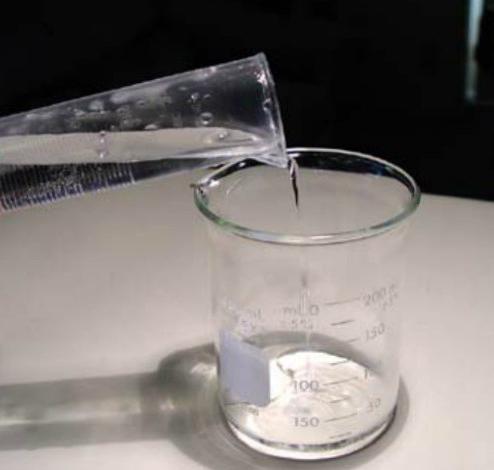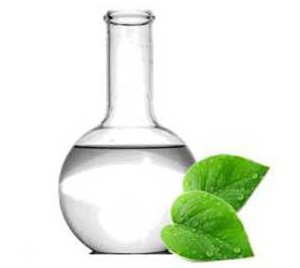Sodium lactate has another name - sodium salt of lactic acid or sodium lactic acid. This substance is widely used in the food industry to regulate acidity, moisture retention, salt emulsification. Other derivatives of lactic acid are also known: sodium alginate and calcium lactate, which are used in molecular cuisine, a completely new direction in the food industry.
Appearance of the substance
This substance is available in two forms:
- hygroscopic crystals that are easily melted;
- a solution whose concentration varies between 35-60% (an absolutely clear syrupy liquid of a viscous consistency, the shade of which varies from yellow to light brown).

If you taste this liquid, you can say that it is brackish. The substance also has a smell, a weak characteristic soda. Suspended particles and no precipitation.
In addition, both crystals and the solution are highly soluble in water.

Production Methods
The main method for producing sodium lactate (the solution is complex and forms the food supplement E325) is the neutralization of lactic acid. That is why the properties of this substance are identical with the feedstock.
Areas of use
This substance is used in the food industry as a desiccant. This is due to the fact that this antioxidant can not only absorb the moisture that is directly in food, but also enhance antioxidant effects. That is why it is considered an excellent preservative. Food supplement E325 is most often used in the manufacture of bakery products for the acidification of dough. It is the presence of this substance in bread that determines its taste.
Sodium lactate is also used in the production of frozen products, in particular meat products. This is especially true for those products that, after manufacturing, are packed in vacuum containers. The addition of this substance significantly extends the shelf life of the product.
A certain amount of sodium lactate is included in the composition of cookies, as well as untreated ham.
In the manufacture of canned products, this component contributes to the uniformity of the brine and improves the taste of the final product (most often in tomatoes, olives, onions and gherkins).
Actively used neutralized lactic acid - sodium lactate - and in the production of liquors, cocktails and pastry creams. It is added in order to increase the shelf life and improve the taste of the products. In the manufacture of caramel, marmalade and marshmallows, this component helps to reduce viscosity when boiling mass.

Performs sodium lactate and the role of a salt-melter in the manufacture of processed cheese products. There is it in mayonnaise (regardless of the manufacturer), margarine, broths, instant soups, jam, jam and even milk. In some cases, it is allowed to use in the manufacture of children's products. However, only the L + isomer can be added.
Hygiene Standards
In products intended for use by children, only the L + isomer is allowed. This substance is permitted in five standards as a regulator of acidity: canned fruit, preserves, jams, mayonnaises, margarines and soups.
In Russia, sodium lactate is fully authorized as an antioxidant, a salt-melter. It is allowed to use in the manufacture of preservation (vegetable and fruit), bakery products.
Sodium lactate - harm or benefit?
In modern society, there is an opinion that various food additives, which are marked with the letter E when marking products, cause prolonged and constant use that cause certain harm to the body. To some extent this is true. However, there are a number of permitted additives, the amount of which is strictly regulated. This also applies to sodium lactate. If the finished product contains more than is permitted by the relevant documents, then it is not allowed for sale.
As for the E325 additive, it has a negative effect on the human body. But at the same time, sodium lactate is approved for use in the food industry in the countries of the European Union, Ukraine and Russia.

Numerous studies and various tests have been conducted, the purpose of which was to identify possible side effects. However, reliable results that would prove that the use of this supplement is absolutely safe have not been obtained.
In addition, certain allowable doses of the substance in the finished product have not been established. The only proven fact is the effect of the supplement on the body of the child and people who suffer from lactose intolerance. That is why these categories of people are not recommended to use foods that include sodium lactate.